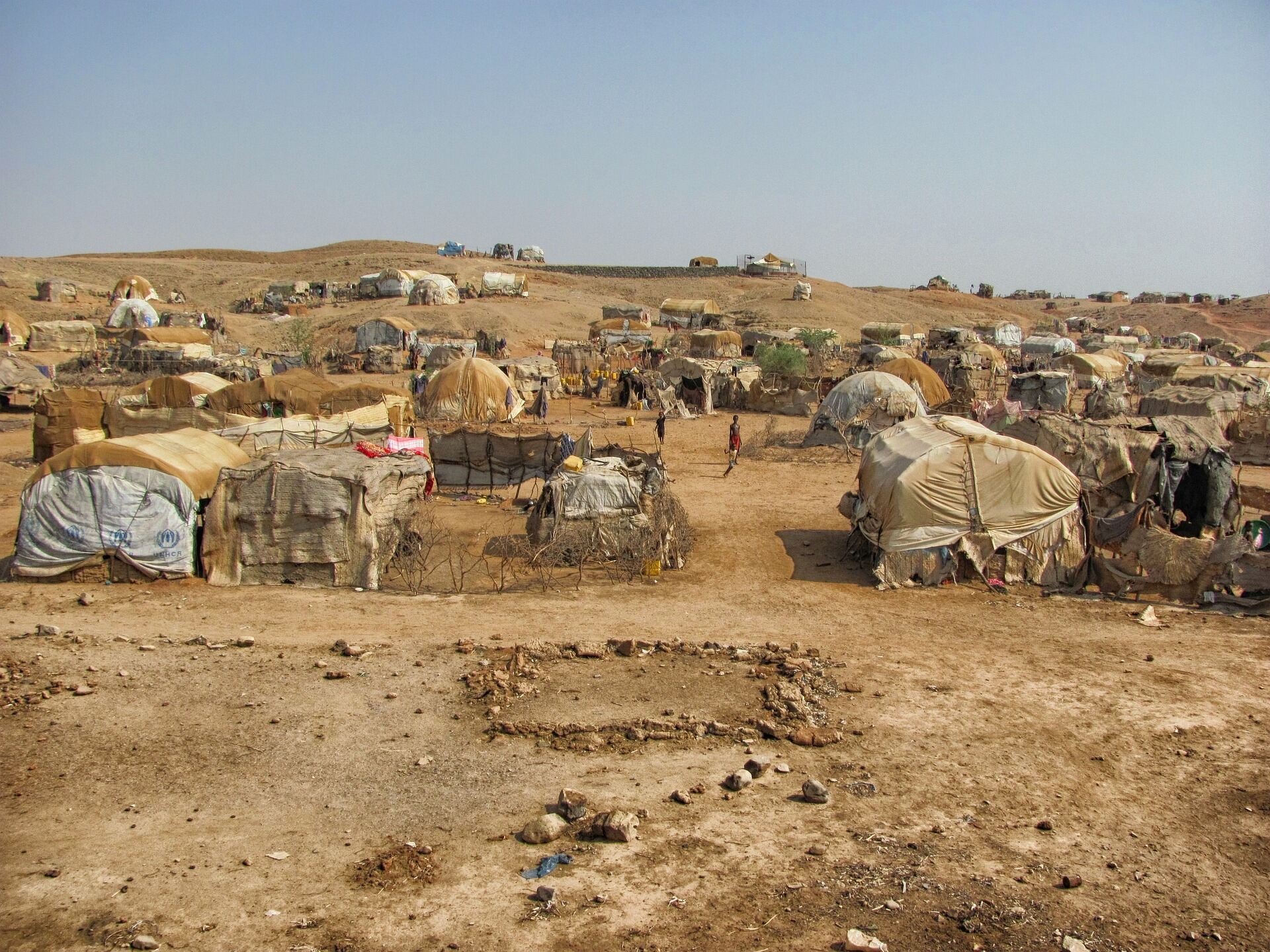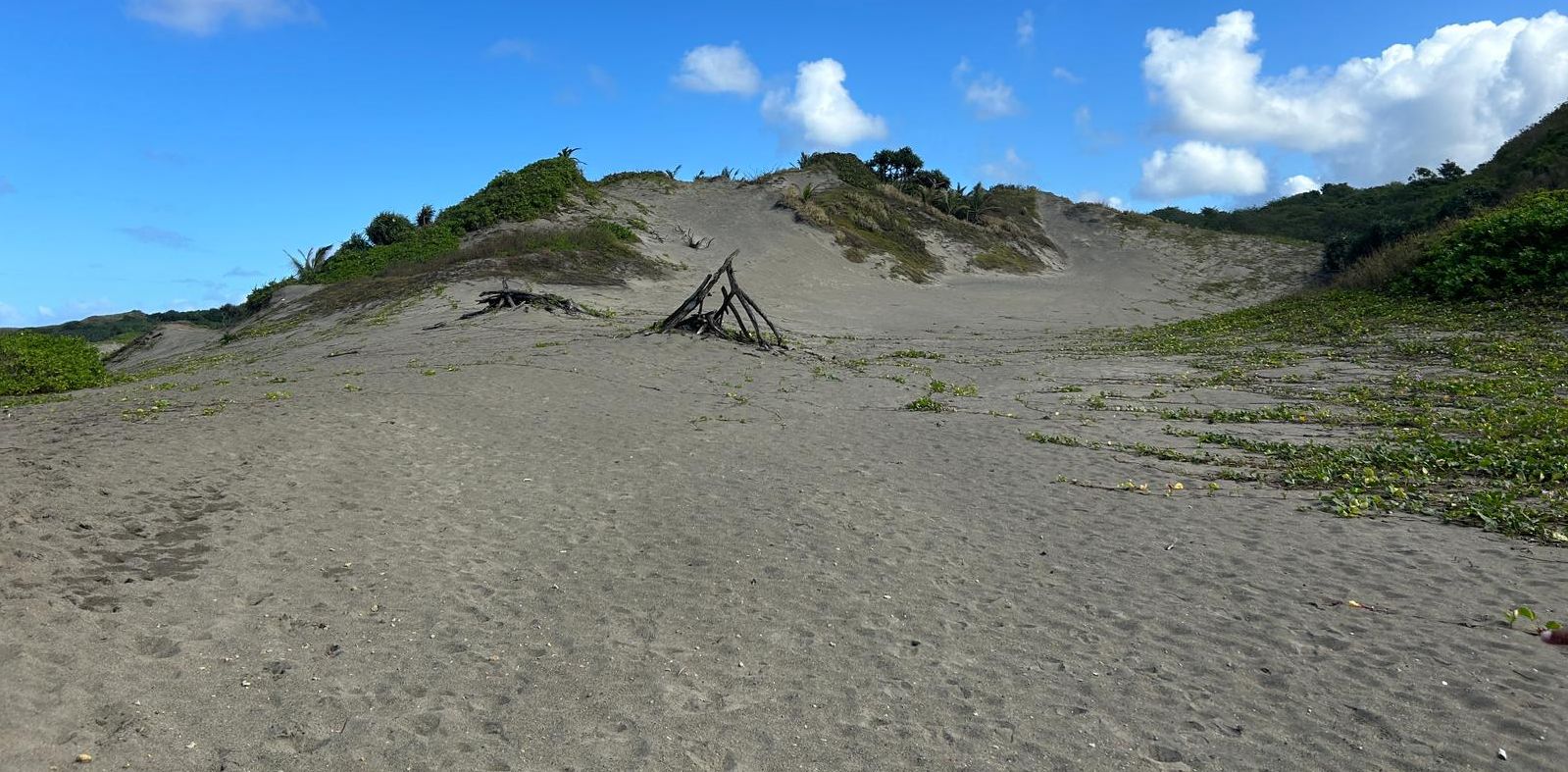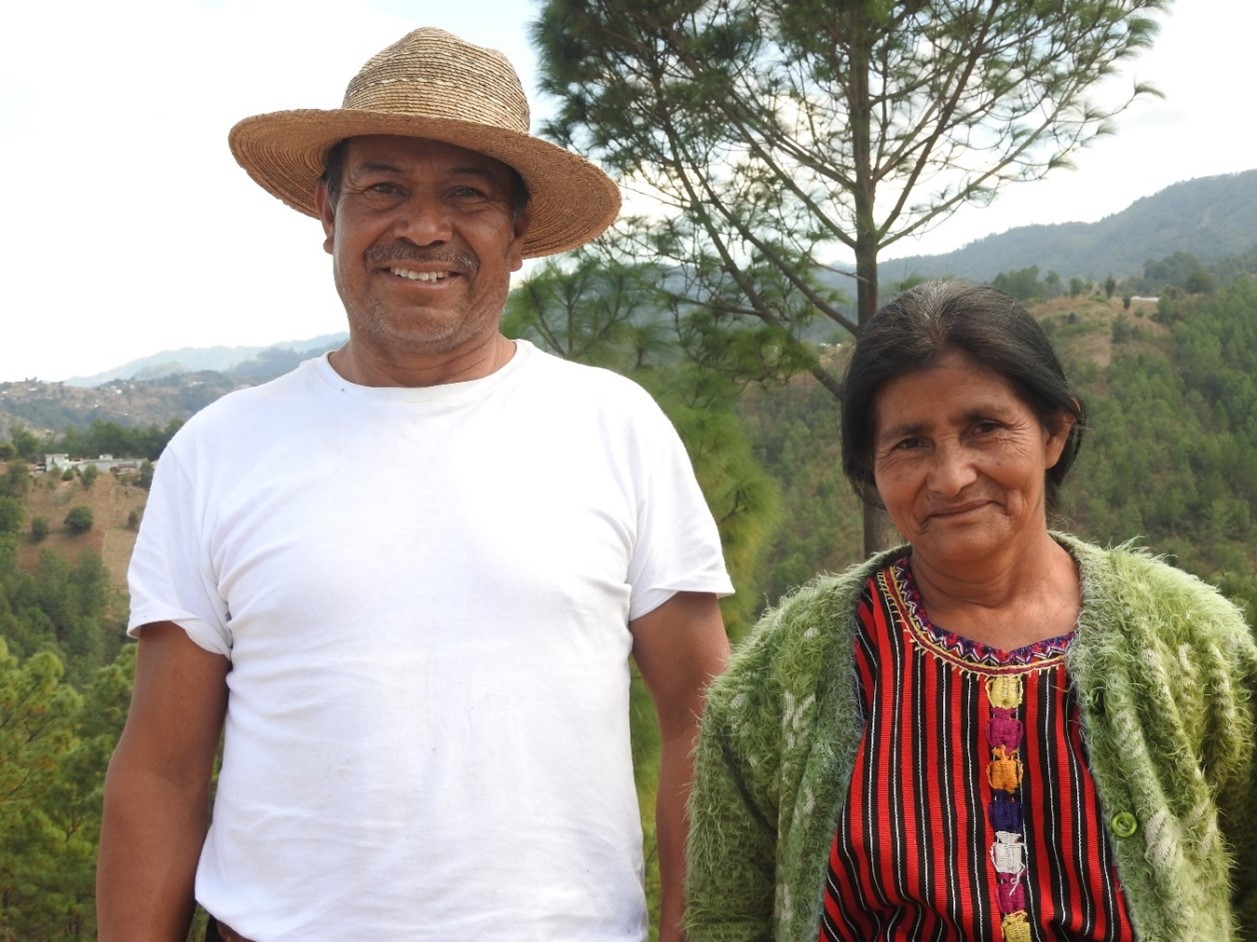The Danger of a Protected Area When Young People Are Not Involved
The case of Virunga National Park. Without the involvement of young people living in the vicinity of protected areas, ecosystem conservation and management will always have failures and serious problems.
The preservation of the planet's natural resources always requires the contribution of several stakeholders. The institutions mandated with preservation are faced with a number of difficulties that sometimes place conservation in a complicated situation.
Growing demographics are driving many families and households to seek out new areas, both in the fields and on land parcels. Difficulties linked to the interpretation of certain protected area boundaries, the need to use certain biodiversity resources as medicines or food, and the overflow of certain fauna into farmers' fields are creating conservation problems that are sometimes difficult to manage. This situation has affected several countries in Asia, America, and Europe, including Africa, where the Virunga National Park, the first park in Africa, is located to the east of the Democratic Republic of Congo.
As a result, several demonstrations by local families are still being recorded as expressions of discontent, with most of the victims being young people and children, who are always on the front line of demonstrations, causing injuries, arrests, and even deaths.
In Virunga National Park, an average of 10 to 15 eco-guards are killed each year by ambushes from armed self-defense groups, arrests, convictions, torture, and deaths in the camps of local families.
Even pressure groups such as the Lutte pour le Changement (LUCHA) from neighboring villages have mobilized to demand participatory demarcation of the Park's boundaries, causing arrests and injuries to their ranks. This has led to a high level of antagonism between communities that are supposed to live together peacefully.
The question is, what are the risks of not involving young people in the conservation of protected areas? What can be done to involve young people in nature conservation?
Thanks to these two questions, purely scientific research will be carried out with means which remain to be mobilized with a specific research methodology privileging interviews within the two camps of the managers of the Park that is the civil society (plus the layers of the young people), as well as the points of view of some old people.
After a thorough analysis, it is imperative to propose or see how to create activities just for young people, showing the importance of the Virunga National Park, the reason for each young person to contribute to conservation, through youth clubs for the promotion and conservation of nature, tourist activities to show young people the richness of the Park, sports activities between conservators and young local residents, recruitment of young people to serve the Park with attractive salaries, solemn granting of study bursaries to certain local families who distinguish themselves in the preservation of ecosystems, etc.
These kinds of activities will significantly reduce the level of conflict that arises between the two conflicting parties.
Many young people live in towns around protected areas but have never seen any of the emblematic species. They don't even know how much a foreign tourist pays to visit our biodiversity, where the money goes, or what they earn.
Raising questions, some even speculate about the presence of exploitation of raw materials or natural resources within the protected area. Questions include the price of electrical energy produced by the dam built in the middle of the Park, which should help people turn away from cutting firewood but is becoming even more expensive than a bag of embers.
These are things that would cause frustration among young people and even lead to the sabotage of the world heritage and its resources, creating human and material damage on both sides, with the destruction of houses and fields, and the birth of armed groups within the protected area itself.
Contact: Kambale Luhemba Josias, IUCN CEESP member & R.D. Congo/Goma



